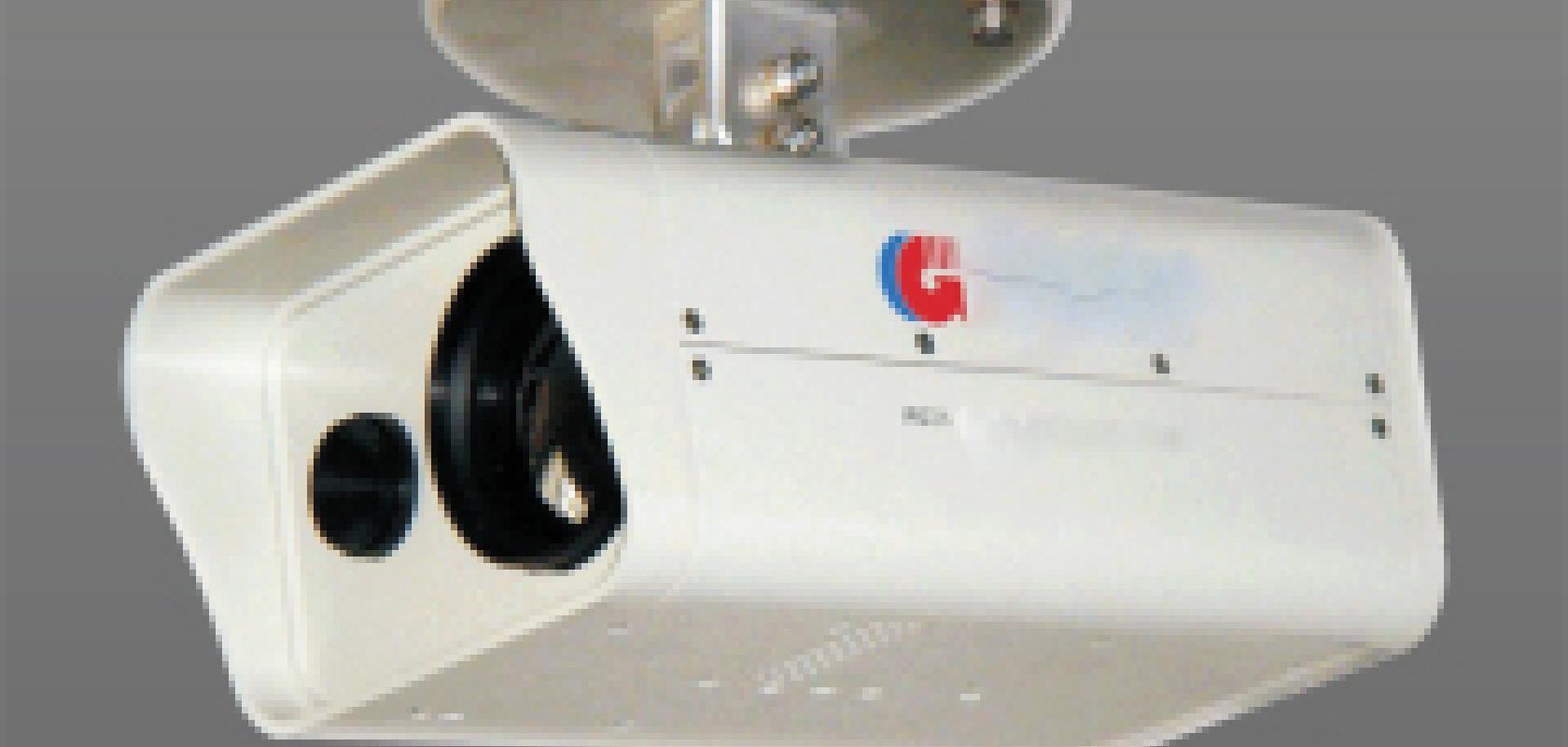Incorporating an un-cooled thermal imaging detector alongside a high resolution visible camera the IR236 imaging system from Armstrong Optical is currently playing a part in the detection of swine flu sufferers at several major international airports across the globe. The Chinese authorities installed the system at Beijing International Airport before the Olympic Games last year to aid in the screening of the many visitors entering the country through this major travel hub.
The system is ideally suited for placement anywhere that flowing crowds of people are present, including airport arrivals, shopping arcades, sporting events, hotels, railway stations etc. By analysing the temperature profiles of any person in the field of view, the IR236 is able to automatically detect anyone with a temperature higher than normal. The 'hottest' region in the field of view is automatically highlighted, and can be set to alarm when the object temperature goes beyond a predefined value, warning the remotely placed security staff of an unusual event. Images from the built-in high resolution visible camera aid in the easy identification and tracking of the fever sufferer allowing their interception.
The IR236 can operate in a fully automated, remote fashion and, being a passive imaging system, can be used without causing alarm or stress to those being scanned. The operator of the system can be sited well away from the inspection area or even be placed in a sealed environment, ensuring the safety of the operator.
The lens systems on both the thermal and visible imagers are optimised to identify and track at a range of up to 100m, meaning that possible fever sufferers can be identified early and removed from crowded regions. Whilst originally developed for the fight against the SARS visus, it is hoped that the IR236 can help in the early identification of swine-flu sufferers and aid security authorities in preventing its spread.


